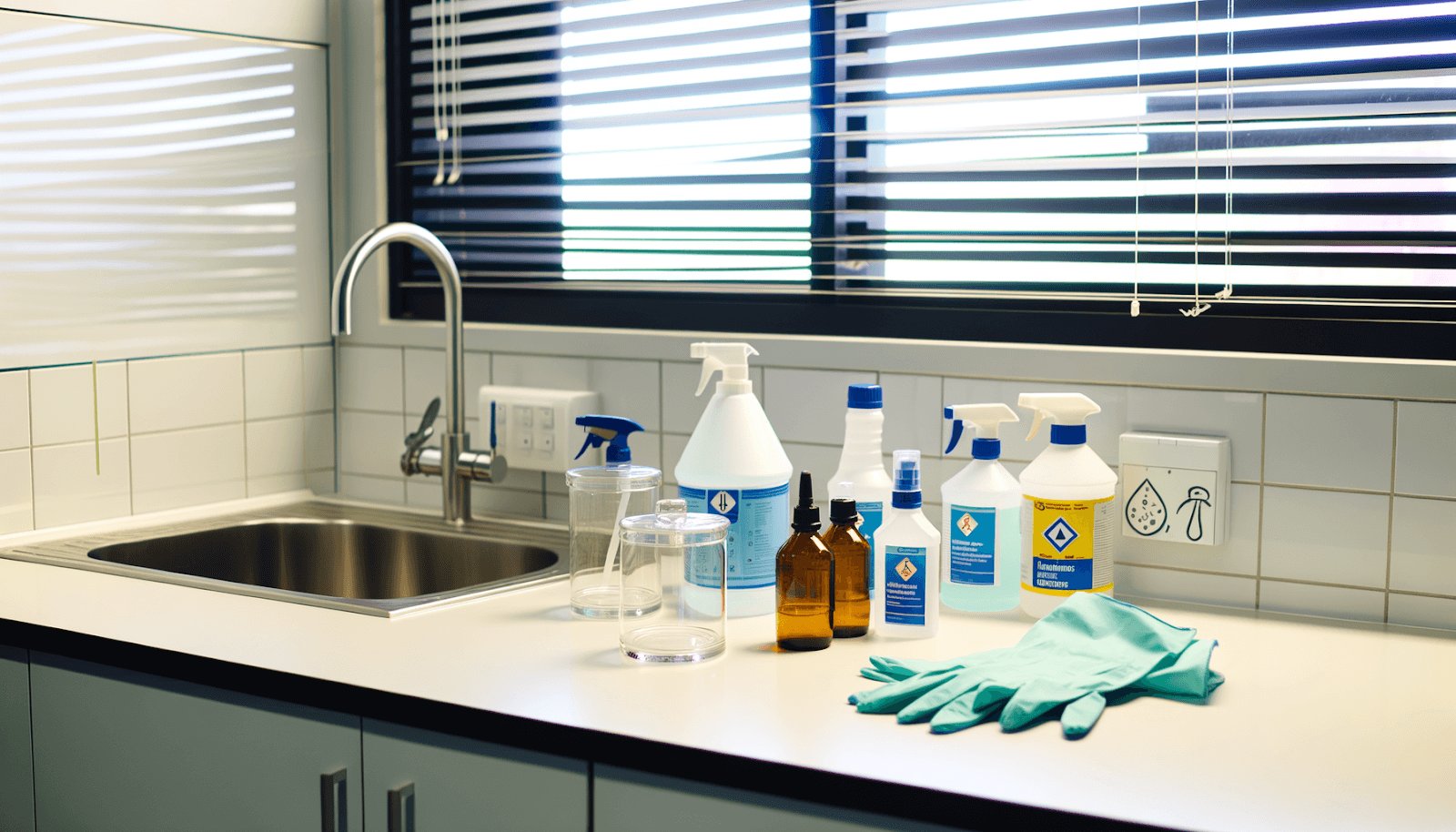
The Difference Between Sanitization and Disinfection Chemicals: What You Need to Know
G'day everyone from sunny South Australia! Today we're diving into a topic that's not only essential for maintaining a clean home but also crucial for various industries including healthcare, food processing, and more. We're going to discuss the intricacies of sanitization and disinfection chemicals. If you've ever wondered about the differences between these terms and the chemicals associated with them, then you're in the right place. Strap in for an informative and engaging read.
Understanding the Basics: Sanitization vs. Disinfection
Before we get into specific types of chemicals, let's set the record straight on what sanitization and disinfection actually mean.
Sanitization
Sanitization refers to the process of reducing harmful microorganisms on surfaces to a safe level, typically measured as a 99.9% reduction within a few minutes. It doesn't kill everything, but it reduces the risk. Think about sanitizing your kitchen bench or toilet seat. You're making the place safe for everyday use.
Disinfection
Disinfection, on the other hand, is a bit more intense. It aims to kill a broader spectrum of microorganisms, including bacteria, viruses, and fungi, often achieving up to a 99.999% reduction. This step is critical in areas that require strict hygiene standards, such as hospitals and food preparation areas.
Types of Sanitization and Disinfection Chemicals
Now that we have the basics down, let's delve into the world of chemicals used for these processes. Each type has its unique strengths and considerations.
Alcohols
These are your ethanol and isopropanol classics, often found in hand sanitizers and cleaning wipes. They're effective against a wide range of organisms, but they do need a bit of time to work—around five minutes, in fact. Remember, they're less effective in the presence of organic matter, so a clean surface is a must!
Aldehydes
We've got heavy hitters like formaldehyde and glutaraldehyde here. They're extremely potent, but with great power comes great responsibility (and potential for harm). Use these where absolutely necessary, with proper ventilation and protective gear.
Halogen-Based Biocides
Chlorine compounds and iodophors fall into this category. They're quite effective across the board but handle with care. A bit of chlorine can go a long way, but it's picky about being in the right pH range and concentration.
Quaternary Ammonium Compounds (Quats)
Quats are good for your Gram-positives and enveloped viruses—your gentle giants in a way. They're great for clean or lightly soiled surfaces but watch out for soap residue, which can reduce their effectiveness.
Phenolics
These are moderately priced chemicals useful against bacteria and enveloped viruses. They aren't your go-to for spores or non-enveloped viruses but work well on various surfaces.
Hydrogen Peroxide and Peracetic Acid
Oxidizing agents here, folks. Hydrogen peroxide can tackle bacteria and viruses, while peracetic acid ups the ante with sporicidal capabilities. Be cautious, though—they can be corrosive if mishandled.
Other Agents
Last but not least, we have UV radiation and metals like copper and silver as alternatives. These are particularly handy for air disinfection and surfaces where you can't apply liquids.
Factors Affecting Disinfectant Effectiveness
Not all disinfectants are created equal, and several factors can influence their effectiveness:
- Type of microorganism: Non-enveloped viruses and spores are tough nuts to crack, requiring more robust chemicals.
- Degree of contamination: Higher contamination levels demand longer contact times and sometimes higher concentrations.
- Surface cleanliness: A clean surface is essential for achieving desired results. Dust and dirt are the enemy here.
- Concentration and quantity of chemical: Follow instructions closely to avoid inefficacy or unnecessary exposure.
- Contact time and temperature: Ensure surfaces stay wet for the recommended time for maximum impact.
- Residual activity: Some disinfectants keep fighting after application while potentially affecting surface compatibility.
Safety and Health Considerations
Engaging with these chemicals isn’t a ‘she’ll be right’ situation. Here are some must-follows for safety:
- Protective equipment: Gloves, goggles, masks—layer up appropriately.
- Ventilation: Keep fresh air circulating to avoid build-up of harmful fumes.
- Toxicity and environmental impact: Use and dispose of chemicals responsibly to protect yourself and the planet.
- Occupational health: If in a professional setting, consider the well-being of cleaning personnel by substituting with safer options where possible.
Final Thoughts
So, there you have it—an extensive yet straightforward rundown on sanitization and disinfection chemicals. Whether you're a clean-freak at home or tasked with maintaining hygiene in a professional capacity, understanding the dynamics between sanitization, disinfection, and the chemicals involved can make all the difference. Always read the label, follow safety instructions, and keep everything clean and fresh with the right products.
And remember, keeping things spick-and-span isn’t just about appearances; it’s about safety, health, and well-being too.
